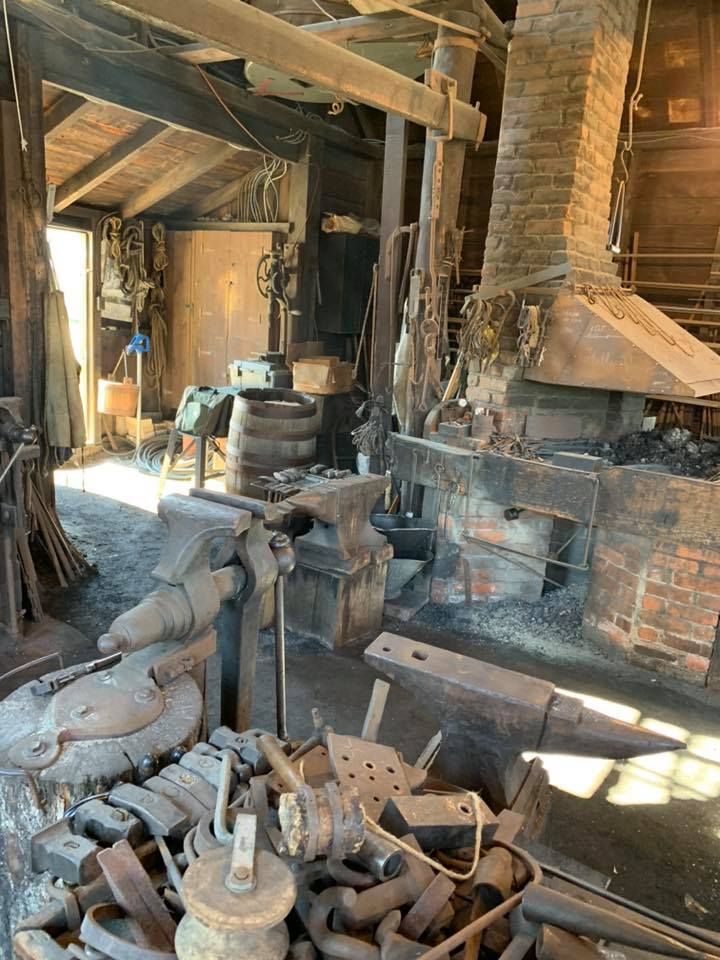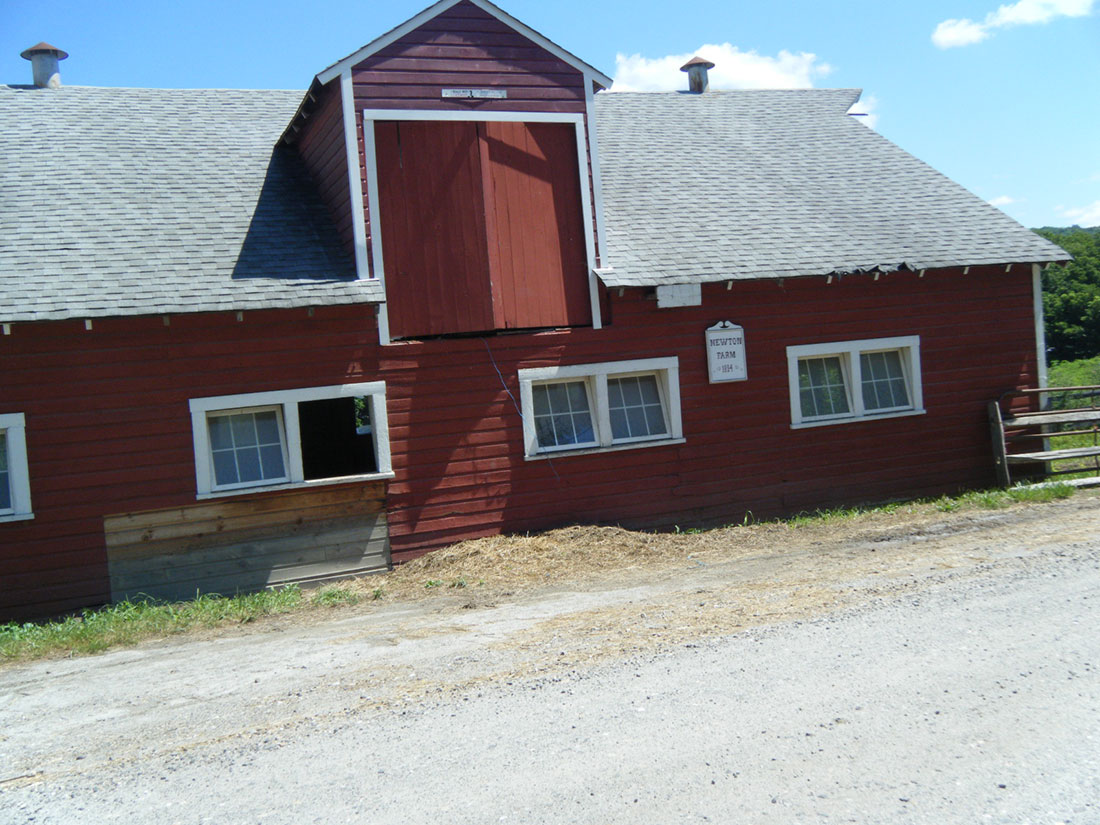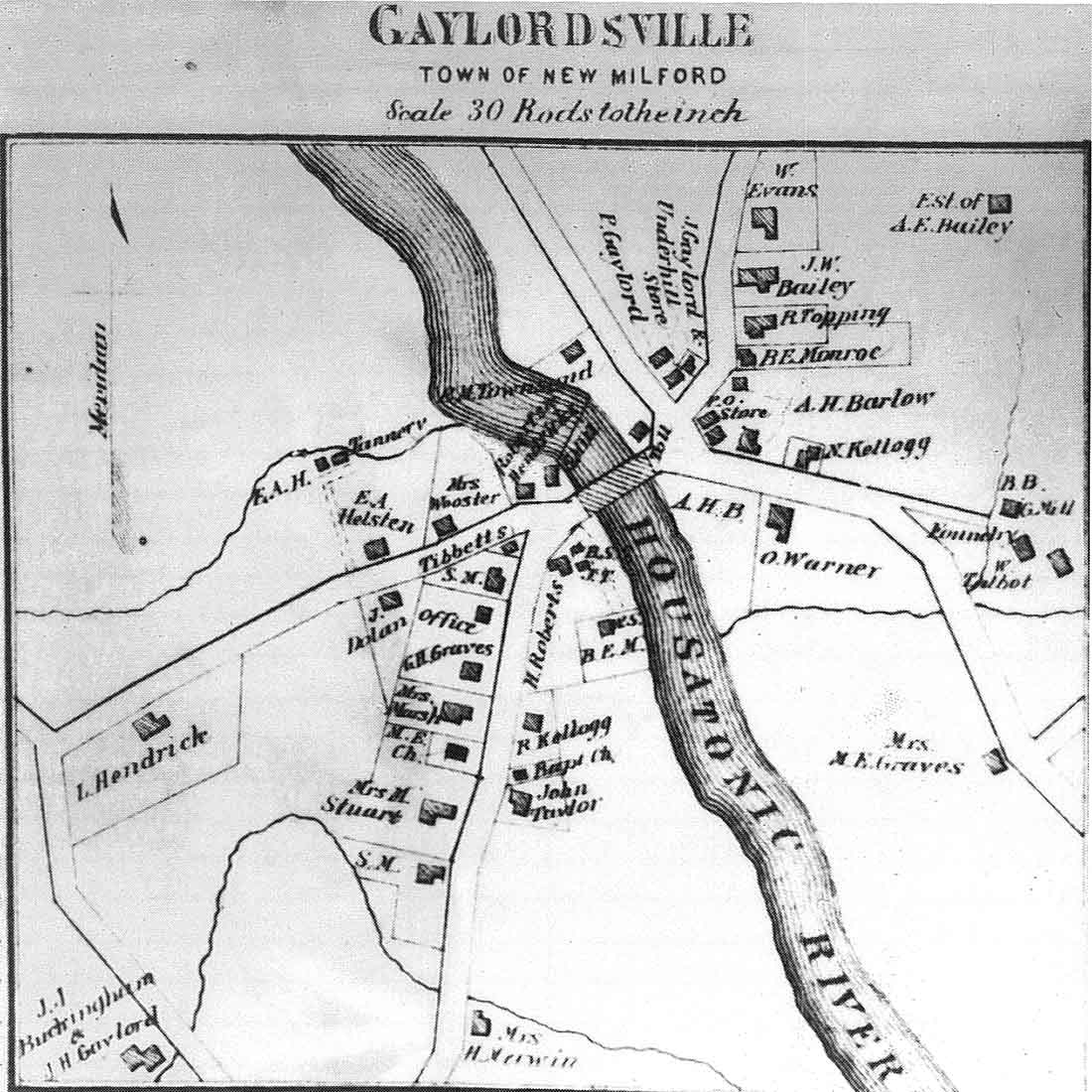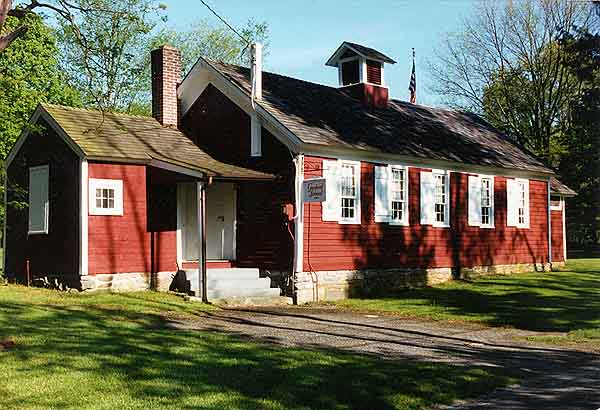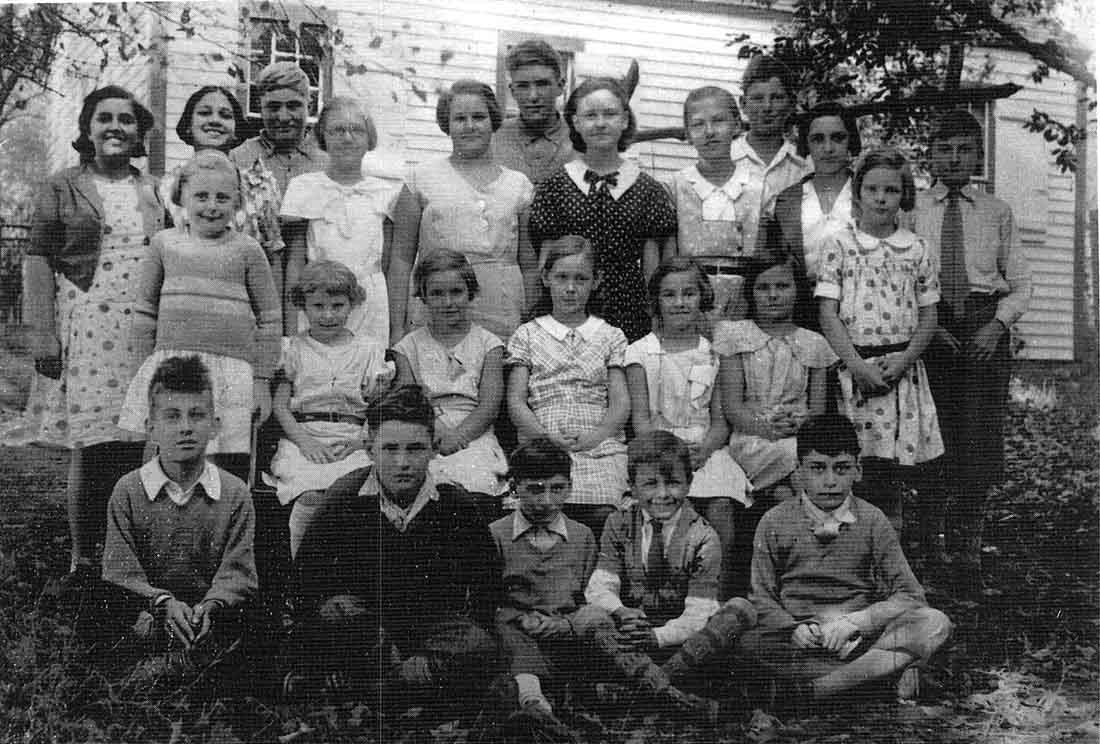The Society…
collects, preserves, and displays any and all articles relating to the history of Gaylordsville.
We preserve or assist with the preservation of any objects, buildings, or sites in, near, or important to the Gaylordsville area.
We promote continuing interest in the history of Gaylordsville by encouraging young people to become involved in our projects.
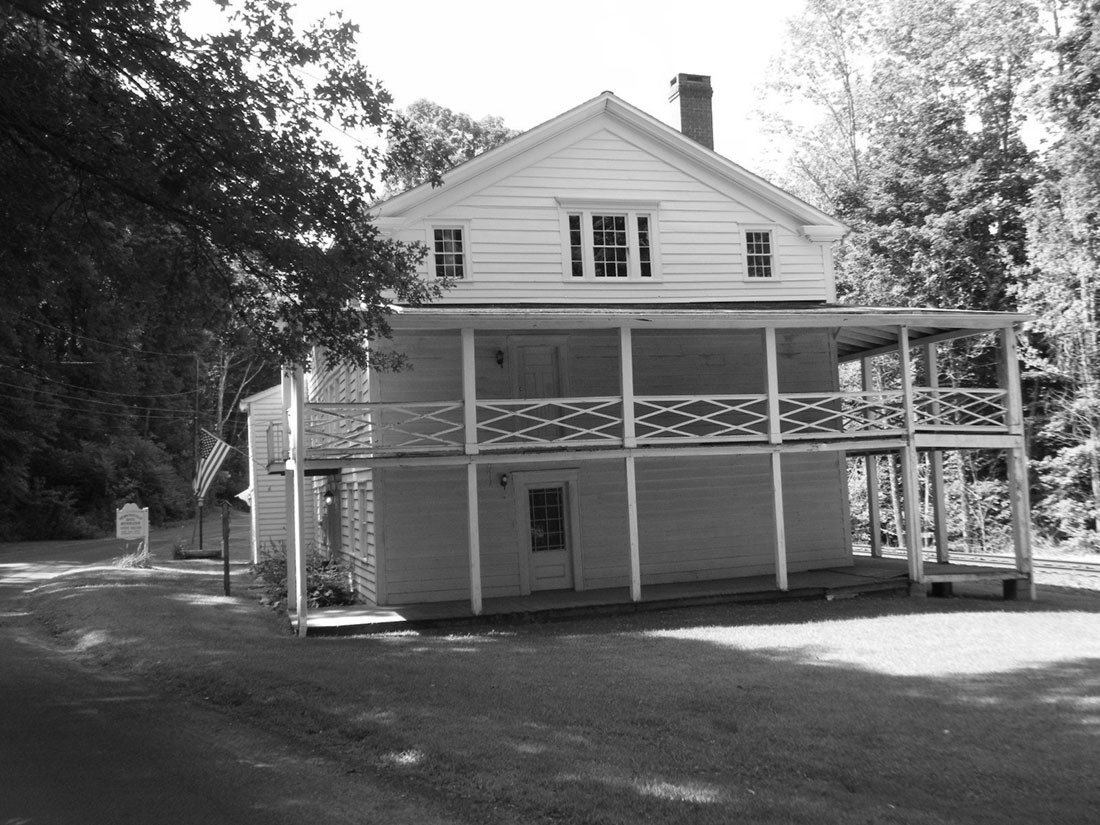
| Society Officers | |
|---|---|
| President | Aline Flynn |
| Vice-President | Michael Flynn |
| Secretary | Barbara Thorland |
| Treasurer | Celeste Bellemare |
Throughout this site we have excerpts from our book, The History of Gaylordsville Connecticut, by John D. Flynn.
The early history of Gaylordsville is closely connected to the Gaylord family, or Gaillard, as the family was known in France. In 1630 William Gaylord arrived in Nantucket harbor on the ship "Mary and John", which had sailed from Plymouth, England. He later settled in East Windsor, Connecticut. His great-grandson, Ensign William Gaylord, moved to Woodbury in 1706 and married Joanna, the daughter of Captain John Minor. Joanna's sister, Grace, married Samuel Grant, and was an ancestor of President Grant.
In 1712, the Gaylord couple came to New Milford, Connecticut, which had been settled only five years previously. Their house stood on the corner of Main and Elm Streets. For a time he kept a tavern there in addition to doing his regular work as a surveyor. He did a lot of surveying for the State, laying out town boundary lines, and it was, no doubt, on one of these surveying trips that he became impressed with the large areas of level land several miles north of the New Milford village, just north of the straits on the Housatonic River. He began taking title to parcels of it, and soon owned a large part of the valley. To insure the good will of the Indians living in the area, he also bought it from them, giving, according to legend, a horse, a mule, and a two-wheeled cart.
In 1722, a highway was laid out 'by marked trees' north from New Milford to the brook called Whemiseck. The blazed trail ran through Squash Hallow, past the straits, and over Cedar Hill. Mr. Gaylord was probably the surveyor who laid out this road, and probably put it over Cedar Hill so it would not cut into the level areas that were to become his fields.
In 1725, Mr. Gaylord travelled this trail from New Milford and built a log cabin west of the Housatonic just north of the straits. He lived in this cabin three years while he was clearing land, cutting timbers, and building his frame house, which he built in 1728. The following year his oldest son, Aaron, built a house about a quarter of a mile south of his father's, and on the west side of the valley.
During this time the Gaylord family became good friends with their Indian neighbors, teaching them better methods of agriculture, and dickering with them for furs they could use. The family consisted of Mr. and Mrs. Gaylord, Aaron, Joanna, Ruth, Benjamin, and Mary. Benjamin remained at his father's home, and eventually took over the homestead. He married Tryal Morehouse on October 23, 1745.
William Gaylord died October 25, 1743, at the age of 73. His grave, and that of Mrs. Gaylord were the first ones in a cemetery that had been laid out about half a mile south of the Gaylord home.


